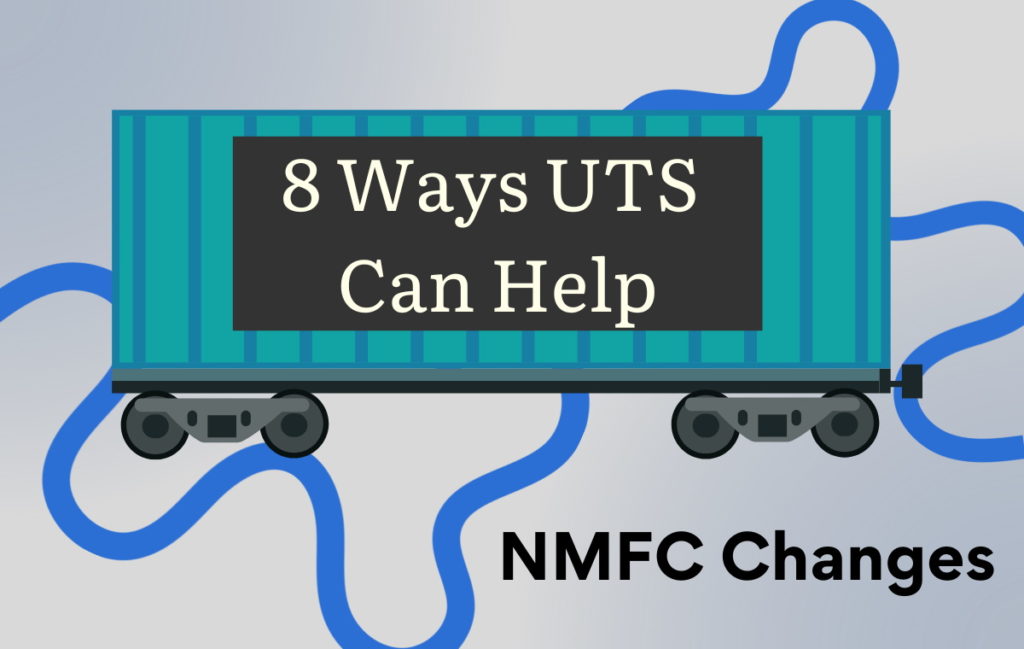Some companies in our industry promise to “optimize your supply chain.” Which sounds great. Who, after all, wants a sub-optimal supply chain?
But here’s the problem: They’ve made the promise before finding out what “optimal” means to you. Chances are, it means something much different to you than it does to the next guy, and the guy after that.
In the real world, “optimal” has potentially as many definitions as there are shippers out there. What’s optimal for me is not optimal for you. Here are a few examples of divergent, even contradictory, understandings of an optimized supply chain:
- The lowest rate on every shipment
- The #1 ranked carrier on every shipment
- The lowest claims ratio
- The highest carrier on-time performance
- Every shipment delivers within two business days
- Full compliance with my customers’ receiving requirements
When considering a new transportation management partner, take the time to define what “optimal” means to you – and then make sure your partner can deliver. A little extra work on the front end can avoid a lot of misunderstandings and misalignments down the road.





